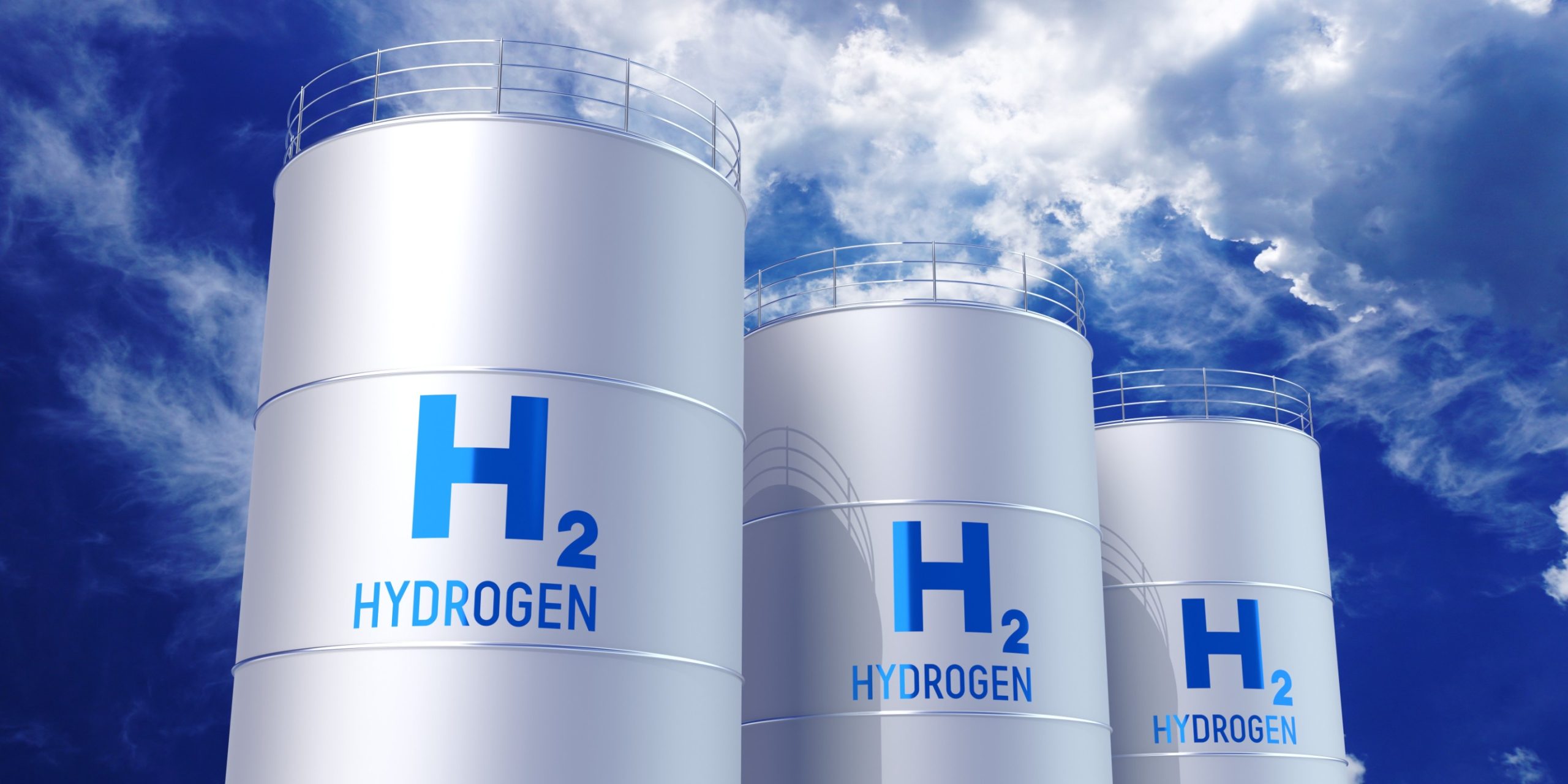BY THE OPTIMIST DAILY EDITORIAL TEAM
Hydrogen generation is frequently cited as a critical component in the shift to renewable energy. However, according to a paper published in Nature Energy by Kiane de Kleijne of Radboud University and Eindhoven University of Technology, the technique has several downsides. De Kleijne emphasizes that hydrogen production frequently raises atmospheric carbon dioxide (CO2) levels, owing to the fact that it is obtained mostly from natural gas.
“Green hydrogen often, but certainly not always, leads to CO2 gains,” De Kleijne says. This is related not only to the carbon footprint of building facilities powered by renewable energy sources such as solar and wind but also to the fact that these sources are most efficient in sun-rich and windy locations such as Africa and Brazil. Transporting hydrogen from these places to where it is needed increases its carbon footprint.
Iridium: a rare obstacle
The proton-exchange membrane (PEM) technology, which uses water electrolysis, is one of the more environmentally friendly methods of producing hydrogen. While PEM is environmentally favorable because the only byproduct is oxygen, it is primarily reliant on iridium, one of the rarest metals on Earth, making scaling difficult.
A promising new approach
Researchers from the Institute of Photonic Sciences (ICFO) in Spain have devised a game-changing answer to this dilemma. They hope to make PEM more scalable and less reliant on rare resources by developing an anode catalyst made of more common elements such as cobalt and tungsten.
The novel strategy entails impregnating a cobalt-tungsten oxide with water, the very substance in which it functions. “At the beginning of the project, we were intrigued about the potential role of water itself as the elephant in the room in water electrolysis,” said Ranit Ram, the study’s first author. “No one before had actively tailored water and interfacial water in this way.”
The aqueous shield
As the anode degrades and loses material during the electrolysis process, water and hydroxide fill the gaps, forming a protective aqueous shield. This unique technology considerably delays the anode’s breakdown, increasing the process’s efficiency and longevity.
“We increased five times the current density, arriving to 1 A/cm² – a very challenging landmark in the field,” said Dr. Lu Xia, the study’s leading co-author. “But the key is that we also reached more than 600 hours of stability at such high density. So, we have reached the highest current density and also the highest stability for non-iridium catalysts.”
Beyond cobalt: exploring alternatives
While the water-impregnated cobalt-tungsten alloy has shown potential, cobalt’s mining processes raise ethical problems. To remedy this, the ICFO team is looking into alternative materials.
According to ICFO professor García de Arquer, even if cobalt is more abundant than iridium, its origin remains a source of concern. “That is why we are working on alternatives based on manganese, nickel, and many other materials. We will go through the whole periodic table, if necessary. And we are going to explore and try with them this new strategy to design catalysts that we have reported in our study.”
Future implications
The ICFO researchers’ achievement may pave the path for more sustainable and scalable hydrogen generation. By reducing reliance on rare metals and boosting the stability and efficiency of PEM processes, this breakthrough has the potential to make hydrogen a more feasible green energy source globally.
The global quest for sustainable energy alternatives drives academics to constantly rethink and innovate. This novel technique of hydrogen manufacturing, which focuses on common materials and the strategic use of water, is a huge step toward making green hydrogen more accessible and environmentally beneficial.
By addressing both the carbon impact and the material shortage challenges connected with hydrogen production, this innovative approach provides a potential road forward. Continued study and development in this area are required to fulfill hydrogen’s full potential as a clean energy resource.
Source study: Science—Water-hydroxide trapping in cobalt tungstate for proton exchange membrane water electrolysis











